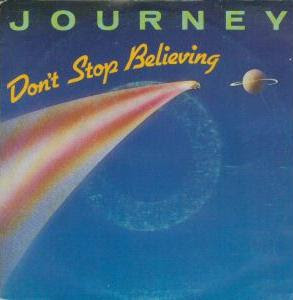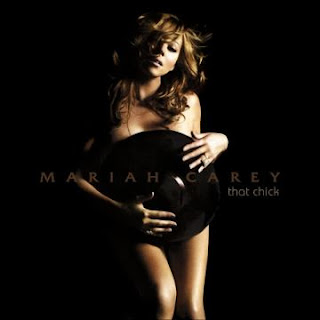Research: Using new media in the research stage was very useful one of the main sources of of technologies i used was music channels such as MTV VH1 etc.
I have also Used YouTube, YouTube is a video sharing website on which users can upload and share videos. Three former PayPal employees created YouTube in February 2005. In November 2006, YouTube, LLC was bought by Google Inc.
YouTube has proven to be a good form of research as pretty much every music video is readily available for viewing on the site.
Another Big advantage in the research process has been Google search engine. Google is one of the most reliable and well know search engines out there it takes a wide range of information from all over the World Wide Web that other search engines are unable to do. Another useful feature that Google offers is there Image search this has offer me with good quality images quickly and ready to use at any point
Wikipedia has also been a useful technology as it is the biggest online encyclopaedia. By using this i was able to carry out some valuable research into the song, Wikipedia is constantly updates and has proven to be one of the best forms for finding up to date research.
Planning Stage
In the planning stage i have used basic drawing board software to create story boards and locations plans.
YouTube has proven to be a good form of research as pretty much every music video is readily available for viewing on the site.
Another Big advantage in the research process has been Google search engine. Google is one of the most reliable and well know search engines out there it takes a wide range of information from all over the World Wide Web that other search engines are unable to do. Another useful feature that Google offers is there Image search this has offer me with good quality images quickly and ready to use at any point
Wikipedia has also been a useful technology as it is the biggest online encyclopaedia. By using this i was able to carry out some valuable research into the song, Wikipedia is constantly updates and has proven to be one of the best forms for finding up to date research.
Planning Stage
In the planning stage i have used basic drawing board software to create story boards and locations plans.
We have also used a Panasonic Lumix camera. This camera proved to be useful in the planning stage as we were able to use it for location scouting and then later on to compare the best location and run through its pros and cons.
Google again played a big part in the Planning stages as it allowed us to gather information. I have also used Microsoft word to log most of the planning whilst adding pictures. The online blog played a good part as we were able to upload the planning in stages as we completed it.
Construction
During this construction stage i feel we have used the most new media technologies in order to construct our project.
Construction
During this construction stage i feel we have used the most new media technologies in order to construct our project.
Filming- all the filming was carried out on my Song Handycam. This digital camera had allot of features that were very beneficial to us in order to help us film our piece. We also used a wide angle lenses that we added on to the camera. This allowed us to get a wide range of shots and helped us to achieve the type of establishing shot we were looking for.


Editing software- to edit our piece we uses ‘Sony Vegas 9’ Sony Vegas is a great editing software that has allowed us to experiment with many different forms of editing, effects and transitions. We have tried to keep our video fairly simplistic although it does involve lots of edits in between shots, it also involves a Video FX used during the dream sequence. We used a Glint effect throughout the dream this allowed us to make it seem more realistic and corny as it is suppose to be inside his imagination. We have also used a blurred stretch effect as he leave the dream and enters back into his reality into the underpass.
Photoshop- We have also use photo shop to construct our album cover. Photoshop is a software that enables us to create realistic and genuine cover-work for our CD – reminiscent of that of real record labels in the music industry. Photoshop boasts an array of different and diverse tools – allowing us to produce an authentic CD cover – one that we feel rivals that of CD covers by established contemporary bands and singers.
You Tube- I have used YouTube to upload our final version of our video onto the internet. YouTube is perfect place to display our video as it can be viewed easily and quickly, it has also helped us to get valuable feedback in the evaluation process.
Photoshop- We have also use photo shop to construct our album cover. Photoshop is a software that enables us to create realistic and genuine cover-work for our CD – reminiscent of that of real record labels in the music industry. Photoshop boasts an array of different and diverse tools – allowing us to produce an authentic CD cover – one that we feel rivals that of CD covers by established contemporary bands and singers.
You Tube- I have used YouTube to upload our final version of our video onto the internet. YouTube is perfect place to display our video as it can be viewed easily and quickly, it has also helped us to get valuable feedback in the evaluation process.




















